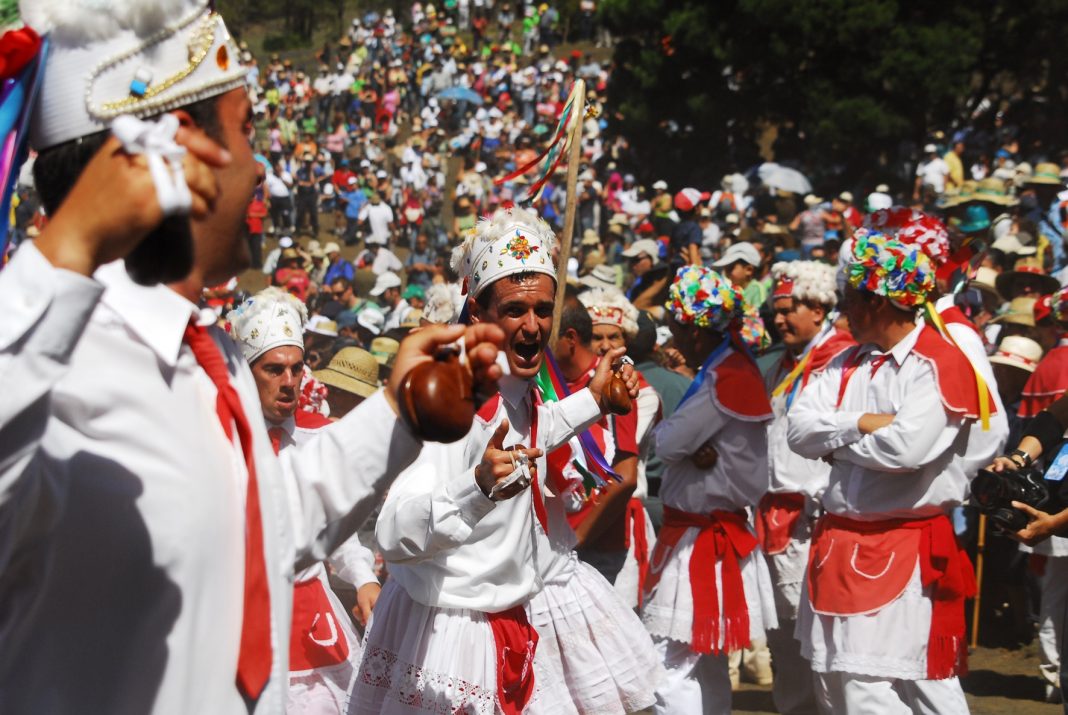I will shortly be making another visit to one of my favourite Canary Islands, the Island of El Hierro. Despite being the smallest of the islands in physical size, it is an island crammed with natural wonders, such as sea cliffs, lush forests and volcanic features to admire.
Each of the Canary Islands is different, and El Hierro has become particularly special, and famous in environmental circles, due to its imaginative efforts in making the island self-sufficient from oil, relying upon water and wind power, of which it has plenty, to generate the electricity that the island needs.
Electric cars, complete with charging points, and free Wi-Fi across the island are both modern technological factors that add to the special appeal of this island, which is in sharp contrast to the ruggedness and remoteness of an island that appears almost untouched by tourism.
Occasional volcanic eruptions can be a slight disincentive for some tourists, although I suspect that this will change rapidly following the introduction of a 75 per cent travel discount for all residents of the Canary Islands. Inter-island travel is usually quite expensive, and discounted travel is a wise initiative from the Canary Islands Government, which should assist both communication and tourism.
The Descent of the Virgin of the Kings (Bajada de la Virgen de Los Reyes) is celebrated on the first Saturday of July every four years. The procession carries the statue of the Virgin from its hermitage to the island’s capital, Valverde, a journey of around 29 kilometres.
La Bajada is an extraordinary procession, accompanied by dancers dressed in traditional white and red dresses, wearing multi coloured hats, and accompanied by the sounds of many castanets and drums. The whole island joins in the celebrations, which begins at the Hermitage of the Kings, at the west of the island, followed by lunch at ‘The Cross of the Kings’, arriving in Valverde during the evening.
Celebrations take place during the entire month of July, with the statue of the Virgin visiting the most important towns and centres on the island, until the first Saturday of August, when it is returned to the hermitage. La Bajada is based upon a fascinating story that has become the focal point of the fiesta.
In 1546, a ship passed along the coast of El Hierro destined for the Americas. However, the ship could not leave the Sea of Calm due to a lack of wind, so the ship was forced to sail in a circle for several days. Finally, on January 6 the food on board had run out and the sailors were forced to ask the islanders of El Hierro for food. Shepherds willingly gave the sailors the supplies for the harsh journey ahead, and without accepting payment.
In return and in thanksgiving, the sailors gave the shepherds the only item of value that they kept on the ship, which was an image of the Virgin Mary. From this moment onwards, a gentle breeze began to blow in the Sea of Calm and the ship could recommence its journey. The shepherds carefully guarded the Virgin in honour of the day that the sailors arrived on the island. The carving was placed in a cave where she was venerated and offered gifts. The Virgin became the protector and patroness of the whole island.
It has occurred to me that having a celebration of this kind every four years is a rather good idea, and wonder if a similar pattern should be implemented for many other fiestas that seem to come around rather too quickly for me to catch up?
Imagine Christmas, Easter, Halloween and the entire collection of fiestas taking place every four years; it would give us all much more time to catch our breath, as well as to save up for the big event. However, I guess that the Church and commercial interests, such as shops and manufacturers and children, would not be too keen. Maybe it is not such a good idea after all.
If you enjoyed this article, take a look at Barrie’s websites: http://barriemahoney.com and http://thecanaryislander.com or read his latest book, ‘Footprints in the Sand’ (ISBN: 9780995602717). Available in paperback, as well as Kindle editions.
© Barrie Mahoney





